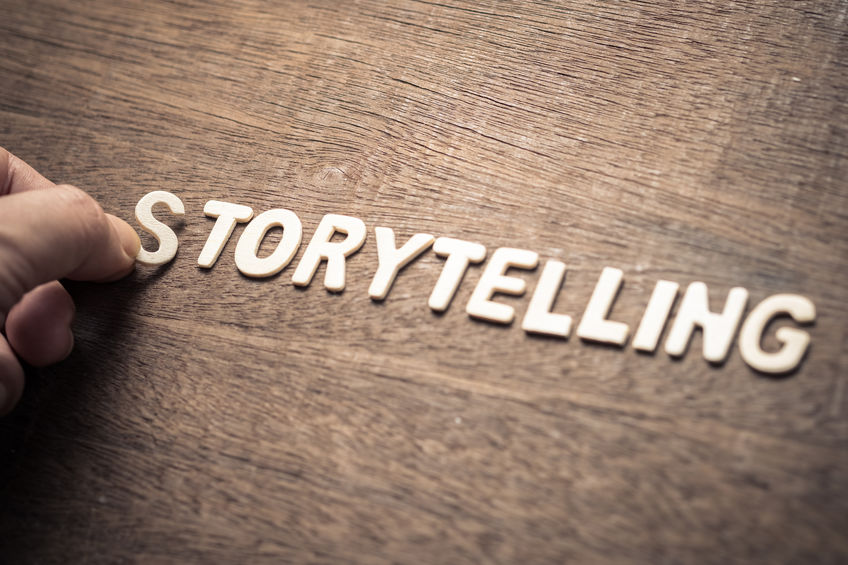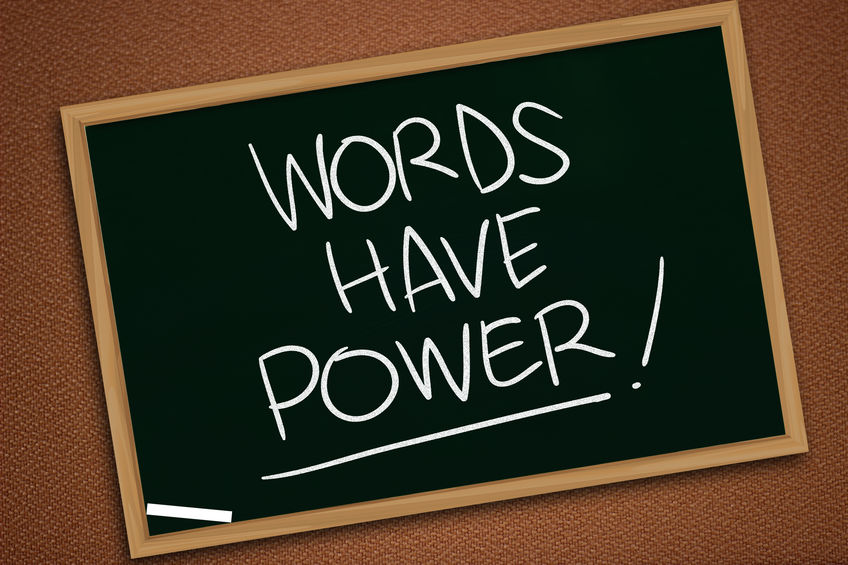
The business-to-business marketplace is built differently than its business-to-consumer counterpart. B2C sells products or services directly to individuals. B2B targets organizations where the sales process can be longer and more complex. This reality makes the B2B marketplace more resistant to the sometimes whimsical, flashy or ostentatious marketing tactics used in the B2C space. While logic, expertise and professionalism are the foundation of successful B2B marketing campaigns and subsequent positive buying decisions, some of the same principles, such as targeting a prospect’s emotions, still apply. In fact, 50 percent of B2B buyers are more likely to make a purchase if they connect to a brand on an emotional level. To address this gap, introduce B2B storytelling techniques that connect with and engage your clients and prospects.
The B2B Storytelling and Brand Reputation Connection

Storytelling is a great way to tap into and build the emotional impact your company has in the marketplace. Stories captivate audiences in a whole new way, regardless of what the industry is. When you communicate your company’s values to your audiences, it humanizes and increases the appeal and significance of your brand. Here’s the story behind the story:
- Show the human side of your company. When we get caught up in the business of running the business, it’s easy to forget that the whole is made up of individuals. Focus on them. Think about their personalities, interests and contributions. Acknowledge and recognize them, and you will put the company in a whole new light. Use the knowledge and data you acquire to show the humanness of your brand and culture. It will increase loyalty and engagement.
- Address client challenges through real stories, hyperboles, similes and metaphors. It’s vital for companies to understand the needs, values, concerns and desires of their target markets. Hyperbolic storytelling, which according to Literary Devices, is “the use of obvious and deliberate exaggeration,” creates strong visual images and visceral emotions. Not to be taken literally, these techniques present content in a way that highlights the most fundamental client challenges in innovative, creative and compelling ways.
- Highlight customer successes. Case studies and success stories are among the most popular types of marketing storytelling content because they rely on real-world examples. It’s important to note that 73 percent of B2B buyers seek out case studies when researching purchase decisions. A well-crafted case study shows a prospect your company’s value proposition and demonstrates expertise without being self-serving. Instead, case studies focus on the client and the client’s journey. They answer all the right questions: What challenges do your clients have? How do you solve them? How is the experience of working with your firm? Even better, a case study does so from the point of view of someone buying from your company. This resonates powerfully with potential customers.
- Encourage customers to tell their own story. Similar to a case study, an in-depth testimonial can go a long way to building trust and tipping the sales fulcrum in your favor. Encourage a client who had a particularly powerful experience with your company to showcase that success with a story-driven testimonial. Even using reviews or comments in the customers’ own words can exemplify emotion to prospects and other customers. The customer experience is ranked one of the most important aspects when it comes to making a purchase decision. Nothing explains the customer experience (CX) better than customers themselves. Let their stories shine through testimonials, reviews, social media interaction and features.
Humanize Business

Digital messaging bombards people from every angle. It’s especially critical to build meaningful and personal connections between brands and buyers. When it comes down to it, emotion is at the heart of every buying decision. To attract more positive decisions and generate more engagement, build emotion into your marketing through B2B storytelling. It transcends the mundane, connects with your audience through authentic human experience and builds the meaningful relationships and memories that lead to the growth of your business.
